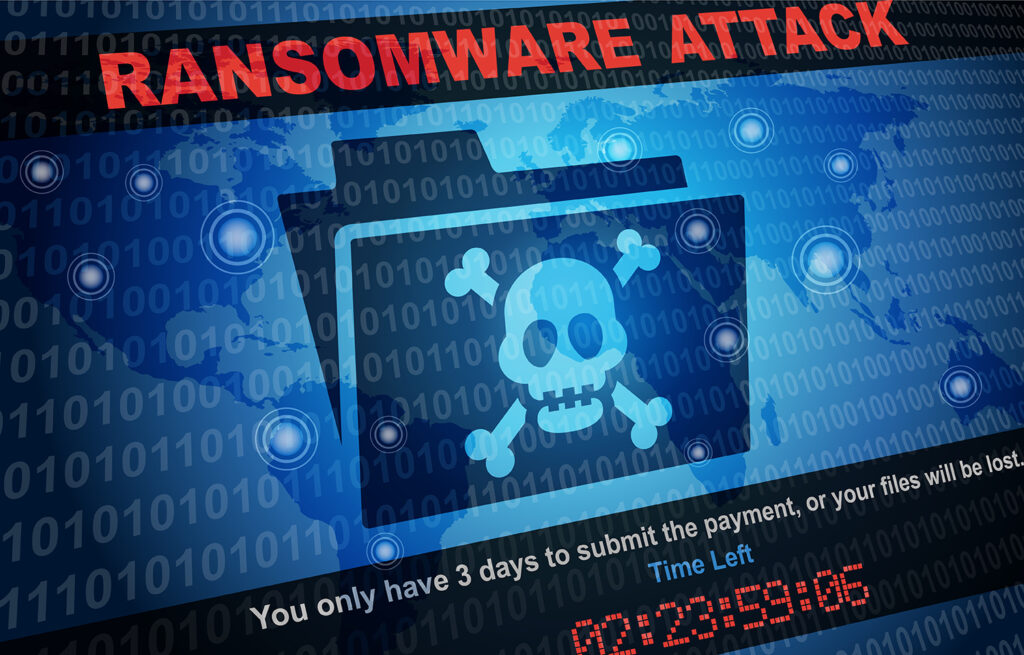Introduction: In an era dominated by digital advancements, the threat of ransomware looms large over individuals and businesses alike. Ransomware attacks involve malicious software that encrypts a user’s files, rendering them inaccessible until a ransom is paid. This blog post aims to provide a comprehensive guide on ransomware, including prevention tips and steps to take if you fall victim to an attack.
Understanding Ransomware: Ransomware is a type of malware designed to exploit vulnerabilities in a computer system, encrypting files or locking users out of their devices. Cybercriminals then demand a ransom, usually in cryptocurrency, to restore access to the files or devices. These attacks can have severe consequences, ranging from financial losses to compromised personal and sensitive information.
Prevention Tips:
- Regular Backups:
- Implement a robust backup strategy by regularly backing up your important files to an external drive or cloud storage.
- Ensure backups are stored offline to prevent ransomware from infecting them.
- Update Software Regularly:
- Keep your operating system, antivirus software, and other applications updated to patch security vulnerabilities.
- Use Antivirus Software:
- Install reputable antivirus and anti-malware software to detect and prevent ransomware infections.
- Exercise Caution with Email Attachments:
- Avoid opening email attachments or clicking on links from unknown or suspicious sources.
- Verify the legitimacy of emails, especially those requesting sensitive information.
- Educate Employees and Users:
- Conduct regular cybersecurity training for employees to raise awareness about the risks of ransomware and best practices for prevention.
- Network Security Measures:
- Implement firewalls and intrusion detection/prevention systems to safeguard your network from unauthorized access.
- Limit User Permissions:
- Restrict user permissions to only essential functions to minimize the impact of a potential ransomware attack.
What to Do if You Fall Victim:
- Isolate Infected Systems:
- Immediately disconnect infected devices from the network to prevent the ransomware from spreading.
- Report the Incident:
- Contact law enforcement agencies and your local cybersecurity incident response team to report the attack.
- Don’t Pay the Ransom:
- While it may be tempting to pay the ransom, there is no guarantee that cybercriminals will decrypt your files. Paying also funds criminal activities.
- Restore from Backup:
- If you have a recent and clean backup, restore your files after ensuring the ransomware has been completely eradicated from your system.
- Seek Professional Assistance:
- Engage with cybersecurity professionals to thoroughly clean and secure your system to prevent future attacks.
Conclusion: Ransomware poses a significant threat in today’s digital landscape, but with proactive measures and a well-thought-out response plan, individuals and organizations can fortify their defenses. By staying informed, implementing preventative measures, and having a robust recovery strategy, you can minimize the impact of ransomware attacks and protect your digital assets. Stay vigilant, stay secure!

